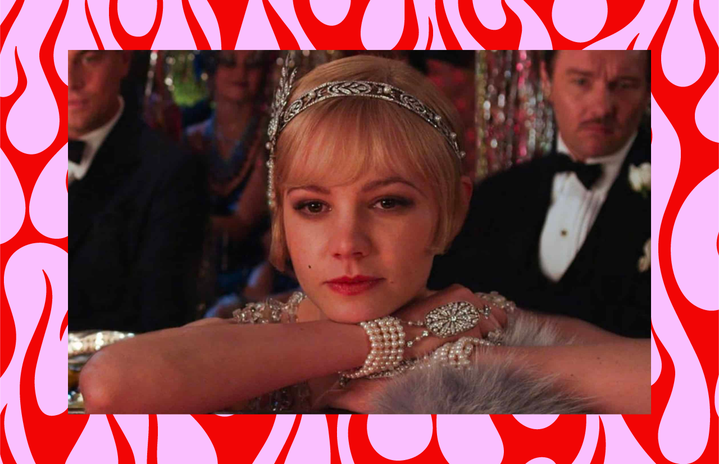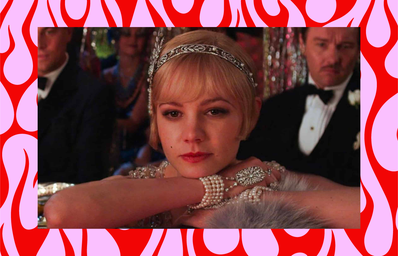The Great Gatsby: The Musical played a limited and sold-out run from Oct. 12 to Nov. 12 at the Paper Mill Playhouse in Millburn, New Jersey. The show brought in some of Broadway’s heavy-hitters — such as Jeremy Jordan, known for his roles as Jack Kelly in Newsies and Jamie Wellerstein in the movie musical adaption of The Last Five Years, and Eva Noblezada, best known for her performance as Eurydice in Hadestown. The two portrayed lead characters, Jay Gatsby and Daisy Buchanan, respectively.
From the very beginning, the nature of Gatsby’s extravagant parties of the 1920s overwhelmed the senses of the audience. The opening number, appropriately titled “Roaring On,” and many of the proceeding musical numbers for that matter were loud, catchy, and bright with a few calmer ballads of wistfulness sparingly used. But, what was most eye-catching to me and what I found myself excitedly awaiting to see the stage translation of were the sets. Of course, in the movies, especially the 2013 rendition with Leonardo DiCaprio, the sets are largely what establish the contrast between the luxurious living of wealthy residents and the unpleasant dwellings of other inhabitants. On the stage, Gatsby’s mansion is represented with tall, seemingly infinite, archways and columns illuminated in gold, whereas the scenes at the gas station are smaller in stature and the main focal point is the eye doctor billboard, said to represent the eyes of God.
My two personal favorite moments of the show were the afternoon tea scene and the moment Gatsby shows Daisy that her dock and house are across the bay from his. For the former scene, the tea party is the first time Gatsby and Daisy are seeing each other in years. Jordan plays the character with a comedic take on his anxious preparation for the arrival of his beloved Daisy. This is also the first time audiences get a good look at Nick Caraway’s house. The house is covered in flowers and vines, producing a more quaint and intimate setting than Gatsby’s property. As for the latter scene, the confession from Gatsby of purposely purchasing land close to Daisy’s house also includes the iconic shirt-throwing moment when Gatsby and Daisy are finally alone in his mansion. Gatsby, out of pure nervousness, begins throwing his collection of button-down shirts for each season on the bed for Daisy to fall into. She begins to cry from happiness and grief of the life she feels trapped in and the couple share a duet filled with longing titled “My Green Light.” The song brought me to tears in the theatre, as the audience fully sees the desperation of two characters torn apart by war.
I must applaud Noblezada for capturing the spirit of Daisy in a way that portrays her not just as the beautiful fool she is thought to be, but as a person who is fully aware of her actions and their consequences. Daisy was lost in the imaginative inventions of a past turned possible future, just as Gatsby was. But she was also heartbreakingly realistic about her future with her daughter and her status in society as a woman. To reiterate this point, Noblezada performs a powerful number towards the closing of the show, titled “Beautiful Little Fool,” in which she shares her hopes of her daughter growing up to be mindless of her actions and their consequences on the world.
As The Great Gatsby concludes with (spoiler alert – but, I mean, it’s been around for 98 years) Gatsby being shot, Jeremy Jordan fell to his knees and rolled off the stage and into the orchestra, eliciting a collective gasp from the audience. But the true closing of the show was much more hopeful — ending as it began, with Gatsby in a white suit reaching for the green light at Daisy’s dock.


